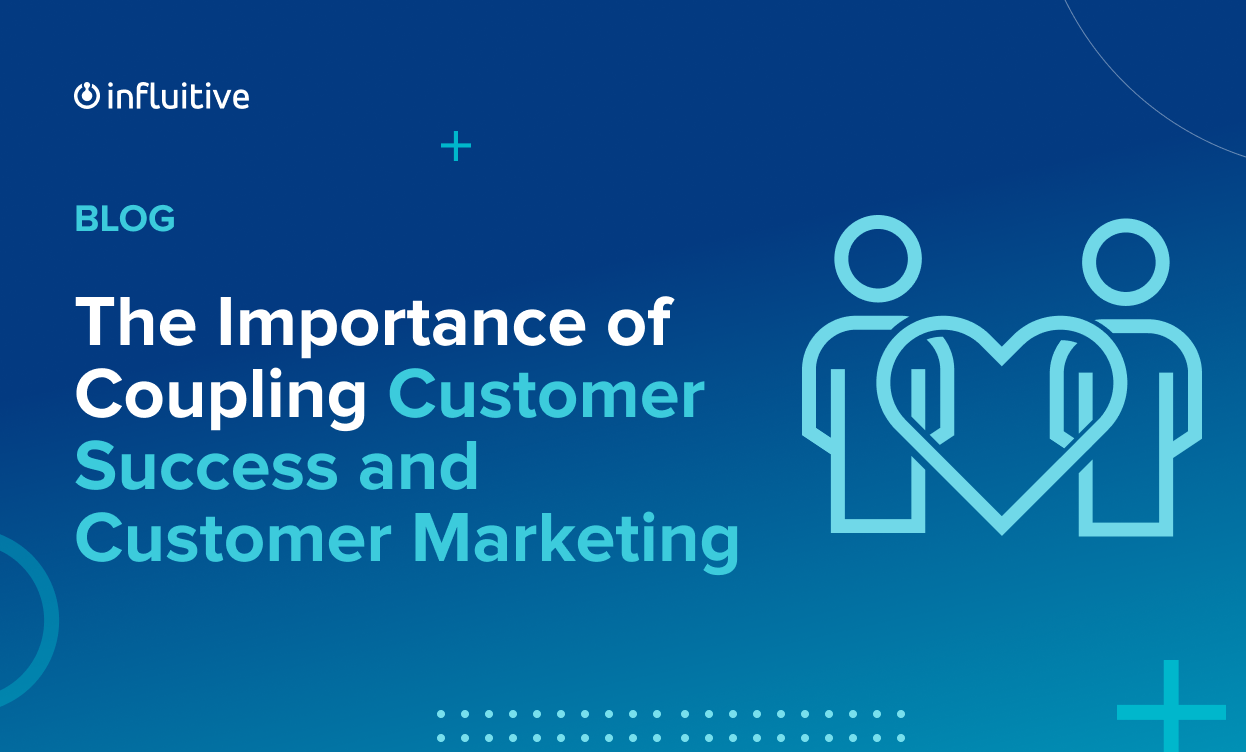In today’s competitive business landscape, customer engagement, value, and advocacy are crucial for driving growth and success. By aligning customer marketing and customer success strategies, companies can create a powerful duo that fosters loyalty and drives business results.
But that’s often easier said than done.
New Forrester research has found that 77% of B2B customer-facing professionals say improving customer experiences will be a top priority during the next 12 months but only 26% believe their handoffs between customer-facing teams appear seamless to customers.
Tighter alignment is needed between customer marketing and customer success, but how do you do it successfully? In this article, we’ll explore 9 tips for achieving this synergy and boosting customer engagement, value, and advocacy.
Tip 1: Align Objectives and Prioritize Customer Experience and Advocacy
To lay the foundation for success, customer marketing and customer success teams need to agree upon joint objectives focused on customer experience and advocacy. This alignment ensures that both teams are working towards common goals.
By prioritizing customer experience and advocacy, you send a clear message to your customers that their satisfaction and success are your top priorities.
Tip 2: Create Customer Success Campaigns and Incorporate Content Milestones
To effectively support customer success, integrate content milestones into your success plans. These milestones serve as checkpoints throughout a customer’s journey and help ensure that they receive the right content at the right time.
By incorporating customer success campaigns into your overall marketing strategy, you can deliver personalized and targeted content that drives adoption, expansion, cross-selling, and advocacy among existing customers.
Tip 3: Use Technology to Automate Customer Success Experiences
Leverage technology and tools to automate customer success experiences and connect them to measurable business results. By implementing customer success platforms and automation tools, you can streamline workflows, track customer interactions, and measure the impact of your efforts.
Automation allows you to provide personalized experiences at scale, ensuring that each customer receives the attention they need to succeed.
Tip 4: Leverage Customer Contributions to Drive Value and Loyalty
Customers are a valuable source of content for driving value and loyalty. Encourage customers to contribute their experiences, success stories, and case studies. Use this customer-generated content to showcase the real-life benefits of your products or services and provide valuable insights for potential buyers. Authenticity is key, so ensure that the content reflects the genuine experiences of your customers.
Tip 5: Match Customer Preferences with Content Contributions
When engaging customers for content contributions, consider their preferences and match them with the type of content they are most comfortable creating. Some customers may prefer written testimonials, while others may excel at creating videos or participating in podcasts.
By tailoring your content requests to each customer’s strengths and preferences, you increase the likelihood of their active participation.
Tip 6: Deliver Value to Advocates First
Before asking for contributions, deliver value to your advocates. Show appreciation for their support by providing exclusive benefits, access to premium content, or early access to new features.
By nurturing your advocates and providing value, you build stronger relationships and increase the likelihood of continued advocacy.
Step 7: Remove Roadblocks in the Customer Journey
Collaborate closely with your customer success team to identify and remove any roadblocks or pain points in the customer journey. Regularly assess the customer experience and gather feedback to ensure a seamless and positive interaction with your product or service.
By addressing any challenges promptly, you enhance the overall customer experience and increase the likelihood of advocacy.
Step 8: Foster Communication and Collaboration between Customer Marketing and Customer Success
Encourage open communication and collaboration between your customer marketing and customer success teams. Establish regular meetings, use shared communication channels, and foster a culture of teamwork.
By working together, both teams can leverage their unique perspectives and expertise to drive customer engagement and success.
Step 9: Monitor and Measure Business Outcomes
Regularly monitor and measure the business outcomes of your customer marketing and customer success initiatives. Track key performance indicators (KPIs) such as customer retention rates, expansion revenues, product usage, and customer satisfaction.
By analyzing these metrics, you can identify areas for improvement and optimize your strategies for driving engagement, value, and advocacy.
Conclusion
Following these 9 tips will help you establish a strong partnership between customer marketing and customer success, driving customer engagement, value, and advocacy. By prioritizing the customer experience and aligning objectives, leveraging customer contributions, and fostering collaboration, your company can achieve significant business growth and success.












































